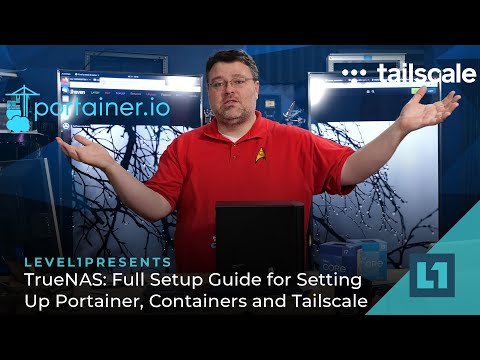Edit: decided to turn this into a sort of build log now, maybe more accurately a “thinking out loud” running post. Maybe it will help others who come behind me starting from a similarly low knowledge level to mine, if they stumble across it. Or feel free to participate if you just like conversing about this kind of stuff. I certainly appreciate any input, but I feel like I have a good footing now and don’t want to specifically seek out people’s time.
Apologies if there was a better place to post this, didn’t seem so going down the list of categories. And before reading any further, if there is some sort of “DIY NAS for dummies” guide yall know about that I couldn’t find (I swear I looked first), feel free to slap me with a link and I’ll RTFM. I apologize in advance for wall of text and frustratingly n00b questions.
I’ve decided it’s finally time to get my storage situation (mostly) right and make a proper NAS. Or maybe not, not entirely sure NAS is the right thing, DAS might be better for my case? Mostly, I’m looking to stop adding to my collection of failure-prone small-ish external hard drives and replace them all with a single, more secure and resilient appliance.
Point the first: pre-built or make my own. I have all the parts except case and power supply still from old build that I replaced about 2 years ago (and frankly I wouldn’t mind an excuse to update those as well and donate the old ones to the NAS). i7 2600k build. Old as that is, it still seems like it’s FAR more powerful than any reasonably priced pre-built NAS. Is it reasonable to build on this? Already purchased 3 exos 18 tb drives. I don’t need a hardware raid card, right? The motherboard has plenty of sata ports, 8 I think without looking.
Point the second: After throwing the hardware together, I’d have no idea what to do next to actually set it up. Is TrueNAS easy enough that someone generally intelligent, but never done anything more advanced than map a drive in windows as far as storage management goes, can use it?
Point the third: the N part. I don’t necessarily need, or maybe even WANT it to be “network” attached. I currently live in an apartment that’s not wired for ethernet. In order to move the box to a different room, I’d have to either use wireless (ew) or something like powerline. I have no experience with that, not sure of its capabilities and limitations. One of the things I intend to use this for is media storage. Would the highest quality 4k, 3d, HDR blu ray movie even be able to play over gigabit (or whatever powerline is able to deliver), or do I need to be looking for something that can connect at USB 3.whatevergennewest (screw you naming conventions) straight to the PC that would be playing them? The motherboard actually has 2.5g, but my router/switch is only gigabit.
Other things probably to deal with after the above are sorted: 1) I’d like to just encrypt the whole damn thing, but another thing I know very little about and am hoping is just an option to enable in whatever solution ends up being used. 2) SSD caching/boot drive - might not really be necessary, but I’ll have a 2tb sata SSD anyway (no nvme on the old, old donor parts) so might as well unless it’s inordinately painful to set up.
